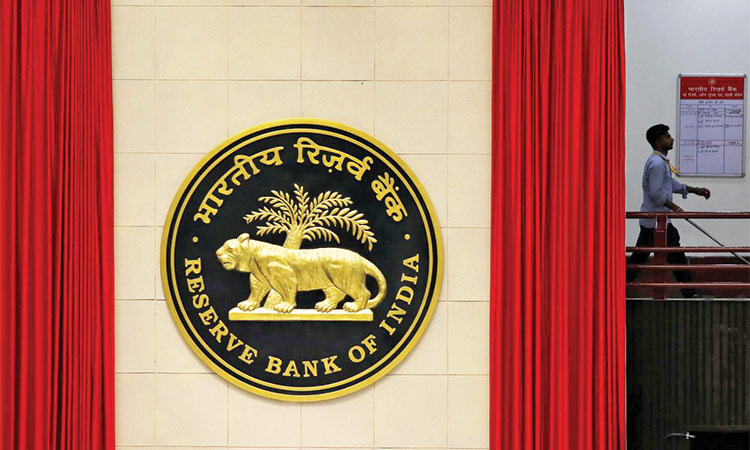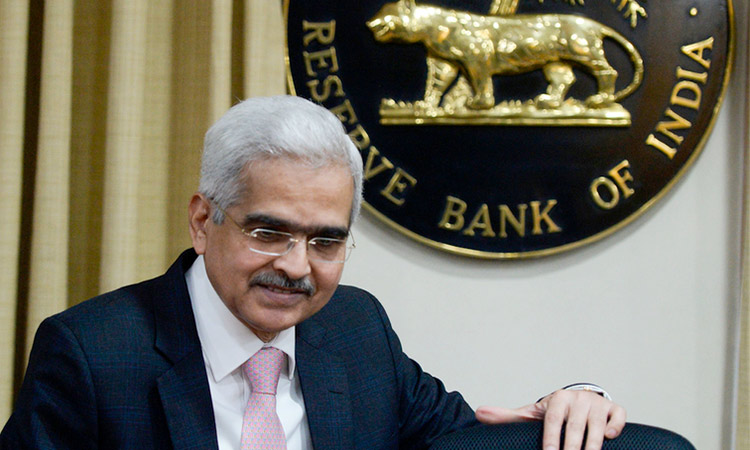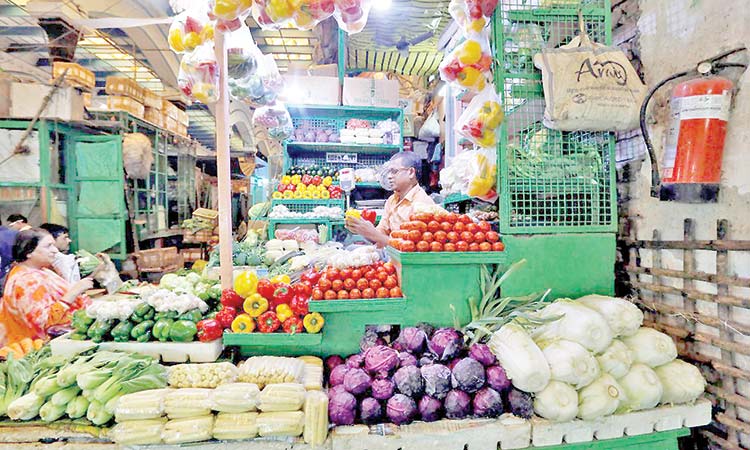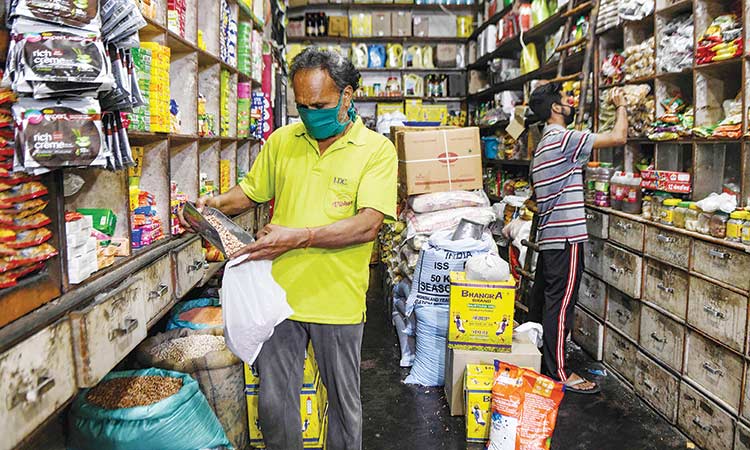Reviving consumption, investment still a challenge for India, says RBI

A worker walks past the logo of Reserve Bank of India (RBI) inside its office in New Delhi, India. Reuters/ File Photo
The global economy confronted a number of uncertainties - a delay in the Brexit deal, trade tensions, whiff of an impending recession, oil market disruptions and geopolitical risks - leading to significant deceleration in growth, said the RBI’s Financial Stability Report December 2019.
These uncertainties weighed on consumer confidence and business sentiment, dampened investment intentions and are likely to remain a key drag on global growth, it said.
Predictably, lower interest rates and easy monetary policies are boosting leverage globally, with the indebtedness of emerging market (EMs) governments and households showing a distinct increase, besides supporting asset prices and capital flows to EMs.
Ahead of the announcement of interest rates on small savings schemes for the January-March quarter by December 31, the RBI has asked the Finance ministry to align their interest rates with market rates which govern the banks also in a bid to improve transmission.
“The ministry has been internally sounded out and communicated by RBI also on small savings rate alignment requirements for better transmission, RBI has told government the banks’ response in this regard also. It will be a call by the government,” said sources.
Small savings rates are revised every quarter and if there is no change in the rates, the finance ministry retains the existing rates. Focus will be on the small savings rates by banks, industry and account holders of such schemes mostly retired government workers, marginal class, farmers, women.
Such schemes are the Post Office Saving Schemes that include a bucket list of products that offer reliability and risk-free returns on investment. Such security and returns are perks mostly associated with a central government-run savings portfolio.
“On the domestic front, aggregate demand slackened in Q2 2019-20, further extending the growth deceleration. While the outlook for capital inflows remains positive, India’s exports could face headwinds in the event of sustained global slowdown, but current account deficit is likely to be under control reflecting muted energy price outlook,” the RBI said.
“Reviving the twin engines of consumption and investment while being vigilant about spillovers from global financial markets remains a critical challenge going forward,” it said.
Various policy announcements by the government coupled with the central bank’s accommodative stance are expected to provide an enabling environment to bolster economic performance in the medium-term, though short term pressures remain.
The ministry has been nudging RBI to push banks particularly the PSBs to pass the whole amount of interest rate cuts (repo rate cuts) to retail loans for pushing consumption. Banks have resisted it fearing their margin will take a hit in case of 100 per cent transmission.
Recently SBI chairman Rajnish Kumar said banks cannot go beyond a threshold to cut deposit rates which is linked to the lending rates.
The interest rates on small savings schemes are on average up to 100 basis points higher than the rates prevailing in the market from commercial banks, said sources adding the government also have to facilitate monetary policy transmission by reducing administered interest rates on small savings by bringing them in line with the agreed formula.
As per the formula, interest rates on small saving schemes are linked to yield on government securities of similar maturities and are reset quarterly and though the yield on 10-year benchmark government security has fallen by 80 bps so far in 2019, the government has cut interest rates on small savings schemes only by 10 bps.
Going by the agreed formula on fixing small savings schemes, the interest rate on Public Provident Fund is 86 bps higher than the market rate, while it is 81 bps higher for Kisan Vikas Patra.
The interest rate on schemes like five-year recurring deposit is actually 135 bps higher than the market rates.
Currently banks see small savings rates act as a floor beyond which banks cannot cut deposit rates without a diversion. This severely affects the ability to transmit RBI policy rate cuts into lending rates.
According to the monetary policy statement, though the RBI has cut the repo rate by 135 bps between February and October, the weighted average lending rate on fresh rupee loans of banks declined only by 44 bps during the period.
Agencies







